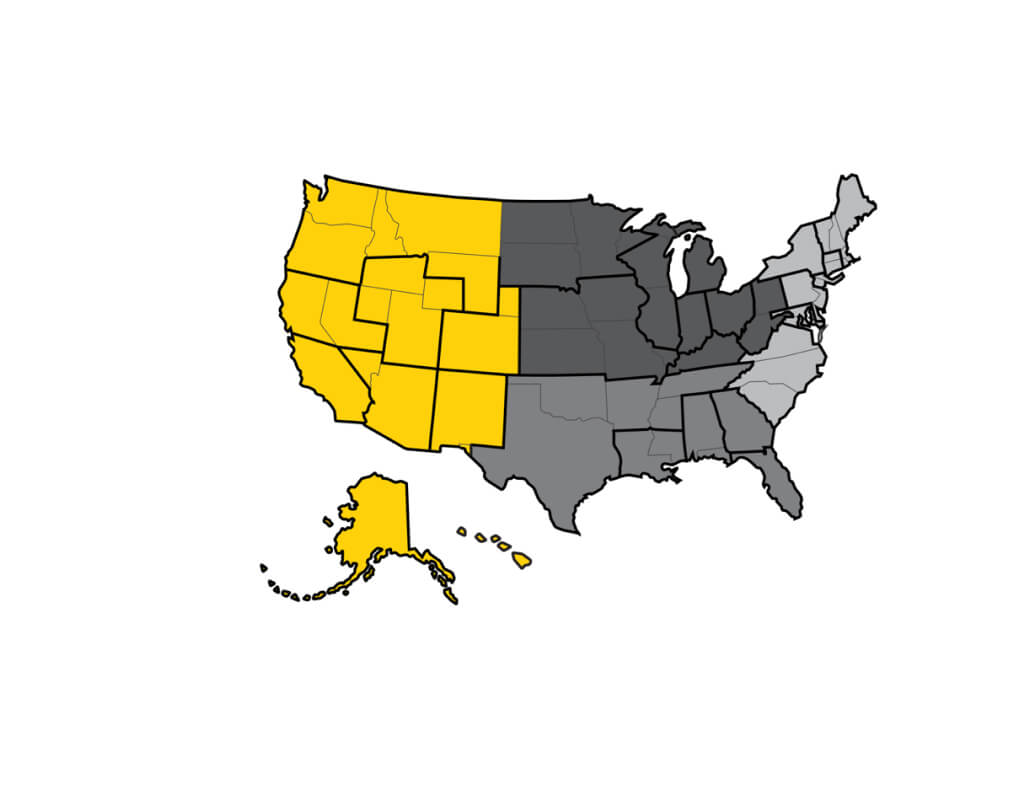Your Partner in Fire Safety for 65 Years
Our Life Safety products provide hassle-free, easy installation, and trusted detection.
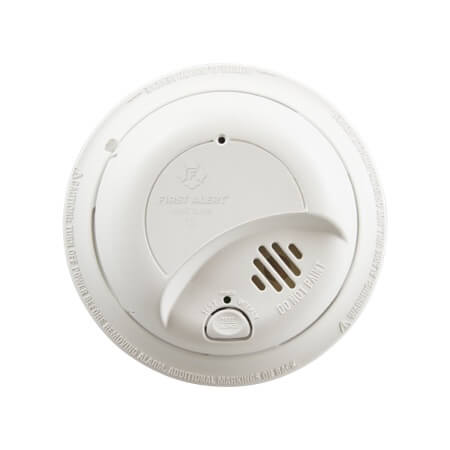
Smoke Alarms
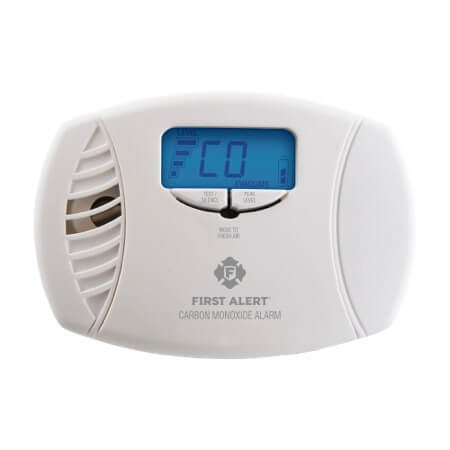
Carbon Monoxide Alarm
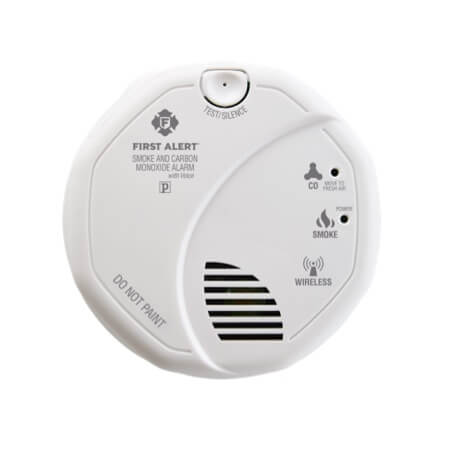
Smoke & CO Alarms
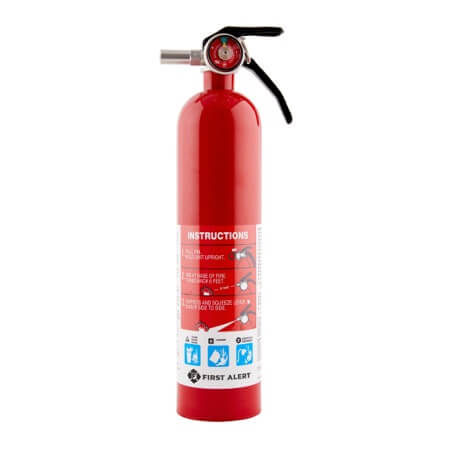
Fire Extinguishers

Other Safety Products
Resources

Selection Guide
Can't decide which product is right for you? Explore BRK products by downloading the selection guide.

Excerpts from Codes and Standards
For your convenience we have posted excerpts from some of the most widely used standards and national electrical & building codes referencing smoke and carbon monoxide alarms. Please note that these are only excerpts, and you must consult all local and national building codes and AHJ's (Authority having Jurisdiction) before beginning any installations.
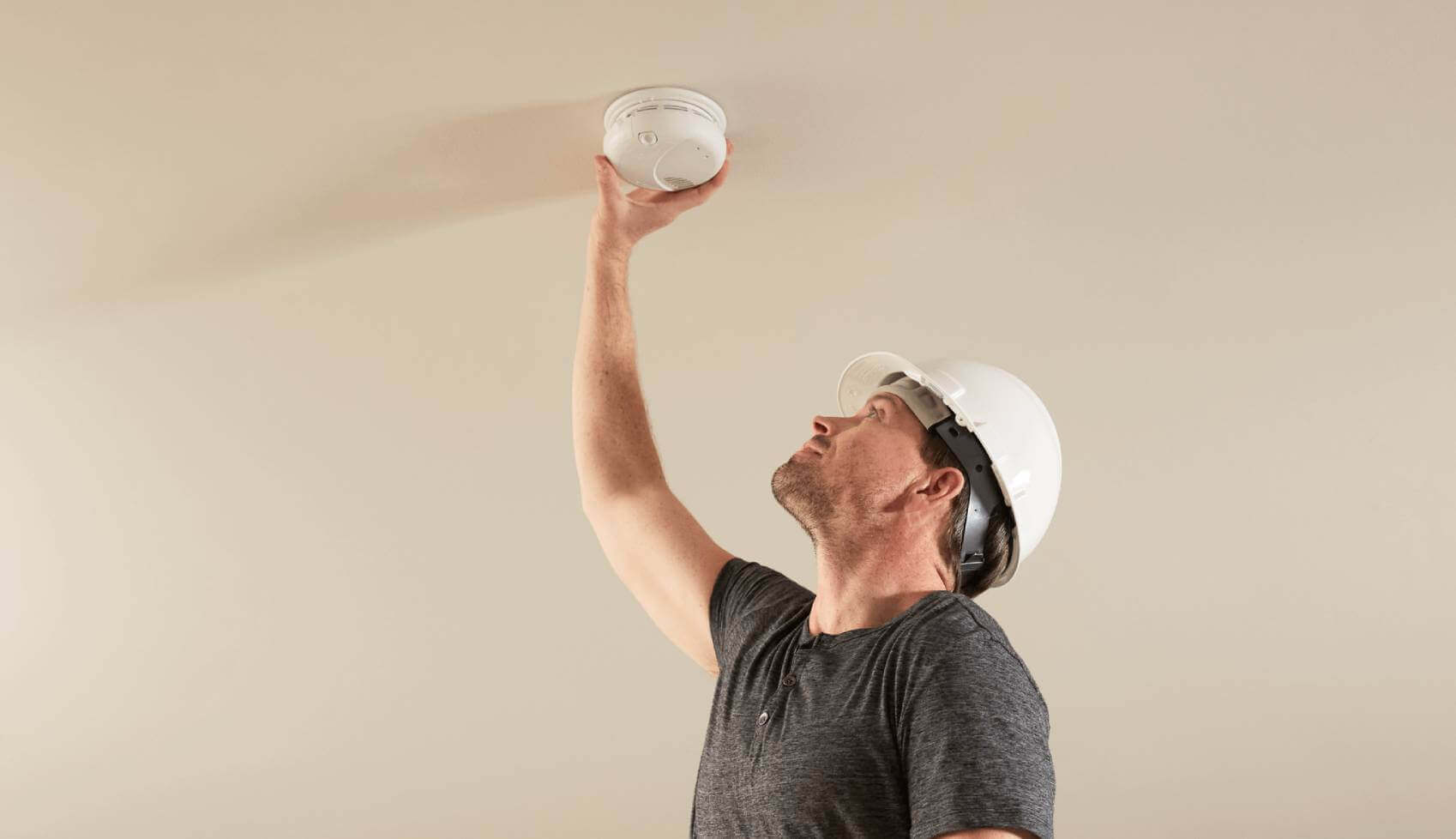
Fire Safety Laws and Legislation
Laws vary from state to state. Find out the most up to date legislation in your area.
Technical Questions?
Visit: support.brkelectronics.com
Call: 1-800-323-9005
Mon-Fri (9am - 8pm CT)
Sat-Sun (9am - 5:30pm CT)
Register Your Product
Register your new item so that we may notify you of product upgrades, warranty modifications, and other special offers. Register Your Product.

